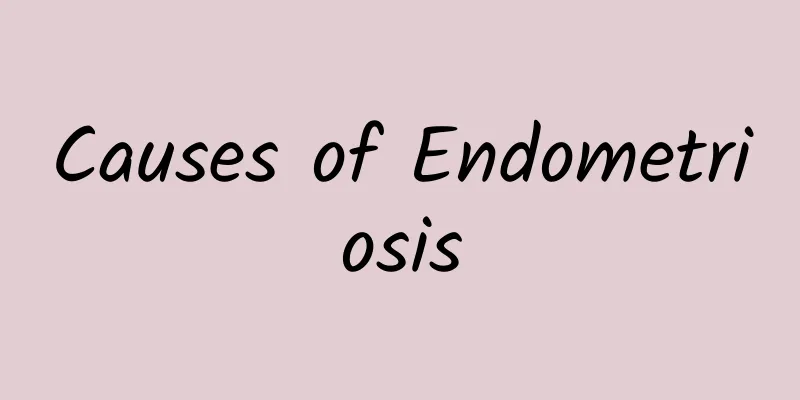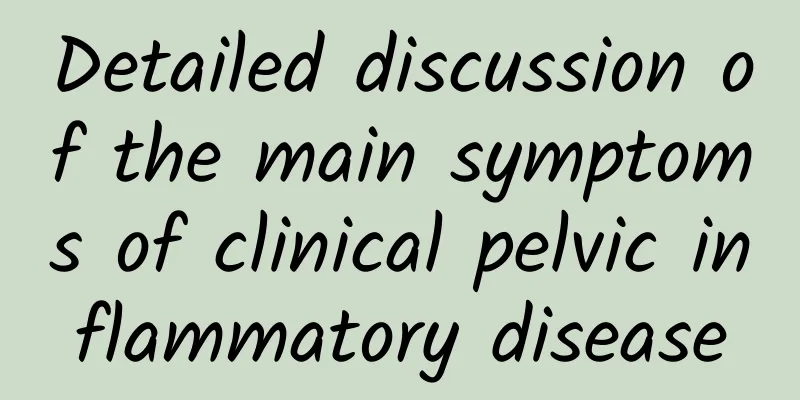Causes of Endometriosis

|
The cause of endometriosis may be related to genetics, environmental factors, physiological factors, trauma or pathological changes. The specific causes are not yet fully understood, but the following aspects may be inducements. 1. Genetic factors Research suggests that endometriosis may have a familial tendency. If a first-degree relative has the disease, the risk of developing the disease in their offspring may increase. Gene mutations or abnormalities may interfere with the normal immune or endocrine system, causing abnormal growth of endometrial tissue outside the body. 2 Environmental factors Exposure to certain harmful chemicals, such as dioxins, heavy metals or plasticizers in the environment, may affect women's endocrine system and increase the risk of endometriosis. Unhealthy lifestyle habits such as smoking, drinking, and staying up late may also have adverse effects on hormone balance and body immunity. 3 Physiological factors Physiological structural abnormalities are important causes of endometriosis. For example, the retrograde menstrual theory holds that during menstruation, some endometrial tissue may flow backward through the fallopian tubes into the abdominal cavity and implant and grow on other organs. Women who have early menarche, short menstrual cycles, or excessive menstrual bleeding are more likely to develop endometriosis. 4 Trauma and surgery When women undergo certain gynecological surgeries such as cesarean section, curettage or hysteroscopy, endometrial tissue may be accidentally transferred to other parts of the body cavity, thereby inducing the occurrence of endometriosis. 5 Pathological factors If a woman has an immune system disease or endocrine disorder, the endometrial tissue may not be cleared in time, resulting in the formation of ectopic lesions outside the body. Chronic inflammation or hormonal imbalance may also affect the normal development of the endometrium, leading to the formation of ectopic lesions. The causes of endometriosis may be multifaceted, from genetics to external environment, to physiological and pathological factors. If you experience symptoms such as severe menstrual pain, infertility or lower abdominal pain, it is recommended to seek medical attention as soon as possible, undergo relevant examinations such as B-ultrasound, laparoscopy, etc. to confirm the diagnosis, and choose intervention methods such as drug treatment, surgical treatment or assisted reproductive technology according to the cause of the disease, while optimizing your lifestyle and reducing external risk factors. |
<<: What are the sequelae after uterine myoma removal?
>>: How to treat uterine prolapse? What is uterine prolapse?
Recommend
What are the factors that cause vulvar leukoplakia?
What are the factors that cause vulvar leukoplaki...
Eat these 2 foods before exercise to speed up fat burning! Weight loss doctor: Drinking coffee not only speeds up fat burning, but also helps you lift heavier weights through weight training
Some people are used to eating a piece of toast t...
Ectopic pregnancy is usually caused by maldevelopment of the fallopian tube.
Ectopic pregnancy is basically caused by dysplasi...
Endometrial tuberculosis regular hospital expert advice
I believe that every female friend does not want ...
Uterine fibroids abnormal leucorrhea
Uterine fibroids may cause abnormal vaginal disch...
What is the cause of cervical erosion and what are the hazards
Cervical erosion is a physiological phenomenon ca...
What are the dietary taboos for women who have abortion?
Women must pay attention to their bodies during p...
Diabetes and obesity! Gastrointestinal surgery can improve
Diabetes is a high-risk group for cardiovascular ...
Brief introduction to the symptoms of primary dysmenorrhea in women
Many people may not know that dysmenorrhea is div...
What effect does uterine fibroids have on fertility? Does uterine fibroids have an effect on future childbearing?
What effect do uterine fibroids have on fertility...
Married women with dysmenorrhea should be alert to reproductive system diseases
Many female friends are not very concerned about ...
5 steps to say goodbye to big butt with home butt massage
Have you ever calculated how much time you spend ...
How much do you know about the early symptoms of uterine fibroids?
The incidence of uterine fibroids is high, becaus...
What are the factors that cause dysmenorrhea?
What are the causes of dysmenorrhea? What should ...
Lose weight and eat out easily. Eat breakfast like this to get a good figure
Honestly, I think Taiwan is truly a treasure trov...









